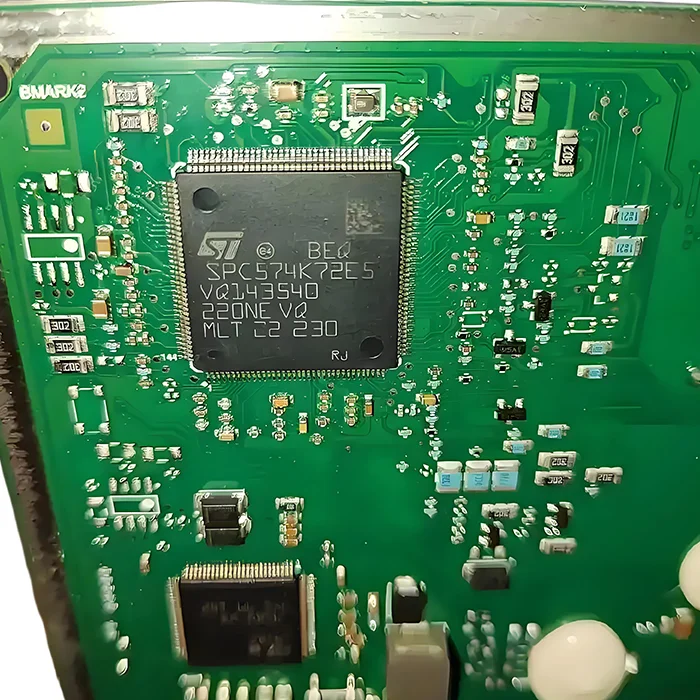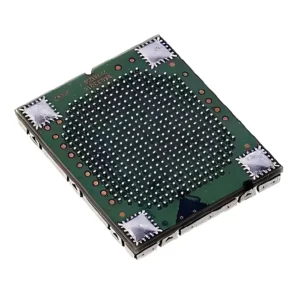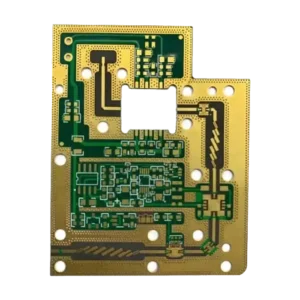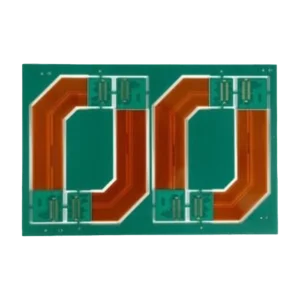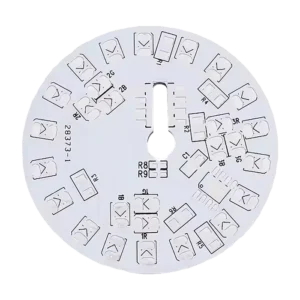Automotive Dashboard PCB
$40.90
Automotive dashboard PCB is the board used in the vehicle dashboard to control and manage various displays, indicators, and sensors. Utilized in all modern vehicles, dashboard PCBs serve as the brain for integrating and processing data from vehicle systems, ensuring accurate and smooth operation.
Shipping fee and delivery date to be negotiated. Send inquiry for more details.
Your payment information is processed securely. We do not store credit card details nor have access to your credit card information.
Claim a refund if your order is missing or arrives with product issues, our support team would deal with your refund within 24 hours.
| Layer Counts | 2L |
| Base Material | FR4 |
| Board Thickness(mm) | 1.6mm |
| Max board size(mm) | 570*850mm |
| PCB size tolerance | ±0.2mm |
| Min. Hole Size | 0.15mm |
| Min. Line Width | 4mil |
| Copper Weight | 2oz |
| Surface Finish | ENIG |
| Certificate | UL, IPC-6012, RoHS, ISO 9001, ISO14001, REACH |
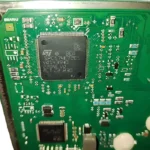 Automotive Dashboard PCB
Automotive Dashboard PCB
| 5 star | 0% | |
| 4 star | 0% | |
| 3 star | 0% | |
| 2 star | 0% | |
| 1 star | 0% |
Sorry, no reviews match your current selections
Questions & Answers
1. What is the shipping port?
We ship the goods via the Port of Hong Kong or Shenzhen
2. What materials are best for the automobile dashboard PCB? Why?
For automotive dashboard PCB, the most suitable materials are high-Tg FR4, polyimide, or ceramic for different uses. FR4 features good thermal stability, mechanical strength, and an affordable price, making it suitable for most automotive PCBs, especially those under varying temperatures. Polyimide is chosen for flexible or rigid-flex boards used in tight or moving parts. Ceramic-filled laminates provide higher thermal performance and electrical insulation for greater performance and reliability.
3. What surface finish is best for dashboards? Why not HASL?
ENIG is the best candidate due to its flatness and oxidation resistance. HASL is avoided because of its uneven surfaces, which may cause assembly issues. ENIG also has a longer shelf life than HASL, making it more reliable under thermal cycling.
4. How many layers are needed for an automotive dashboard PCB?
Most modern automotive dashboard PCB needs 4-8 layers, depending on the functionality and components. A basic dashboard may use 4 layers to meet basic functions like managing power, ground, and signals. Higher layer dashboard PCB integrates more features like digital display, touch control, and more.
5. How are dashboard PCBs protected against humidity and condensation?
Dashboard PCBs can use conformal coating and sealed housings to prevent humidity and condensation. Conformal coatings like urethane, silicone, or acrylic can form an insulating layer on the boards to prevent short circuits and corrosion. Sealed housings are designed with waterproof barriers and gaskets to prevent condensation.
6. How does ceramic-filled PCB material improve performance?
The ceramic-filled materials enhance PCBs’ performance by their exceptional thermal conductivity, low dielectric loss, and stable mechanical properties. Ceramic content improves heat dissipation efficiency, reducing the risk of thermal stress and maintaining signal integrity.
7. What are the critical functional blocks inside a modern dashboard PCB?
The major functional blocks include display drivers and controllers, CAN/LIN transceivers, power management circuits, sensor interfaces, audio processing units, connectivity modules, and microcontrollers or SoCs.

